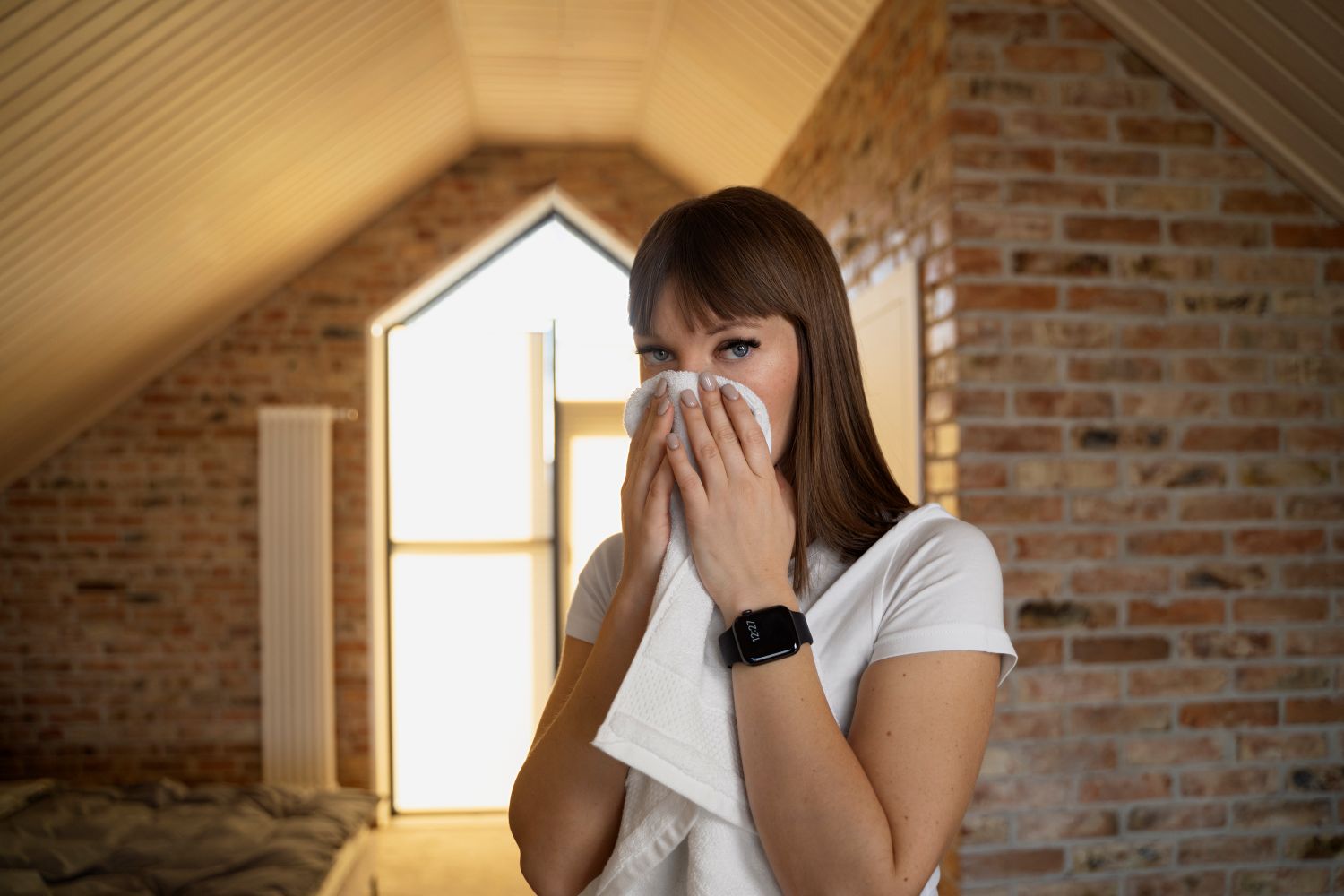When you think about home maintenance, damp proofing might not be the first thing that comes to mind. However, it plays a crucial role in protecting your property and your health. Beyond preserving walls and foundations, effective damp proofing significantly improves indoor air quality and helps prevent health issues caused by excess moisture and mold.
What Is Damp Proofing?
Damp proofing is the process of making walls and floors resistant to moisture. It typically involves applying barriers or coatings that stop water from seeping through building materials. Common methods include damp-proof membranes, chemical injections, and waterproof plasters. Its main purpose is to prevent rising damp and penetrating damp, two common forms of moisture infiltration in buildings.
The Link Between Damp and Poor Air Quality
Moisture creates the perfect environment for mold, mildew, and dust mites—all of which negatively affect indoor air quality. When damp goes untreated, these contaminants thrive, releasing spores and allergens into the air. Over time, this can lead to a noticeable drop in air quality, making the home feel stuffy, musty, or even causing physical symptoms in occupants.
Health Risks Associated with Damp Environments
Exposure to dampness and mold can lead to a variety of health problems, particularly for individuals with pre-existing respiratory conditions. Common symptoms include:
-
Allergic reactions such as sneezing, red eyes, or skin irritation
-
Asthma attacks or worsened asthma symptoms
-
Chronic coughs, wheezing, and throat irritation
-
Increased risk of respiratory infections
Infants, elderly individuals, and people with weakened immune systems are especially vulnerable. Prolonged exposure to damp indoor environments can significantly reduce overall well-being.
How Damp Proofing Improves Health and Comfort
By preventing moisture from entering your walls and floors, damp proofing helps maintain a dry, stable indoor environment. This leads to:
-
Cleaner air with fewer mold spores and allergens
-
Reduced humidity levels, lowering the risk of condensation and damp patches
-
Improved comfort—rooms feel warmer and fresher without the musty smell often linked to damp
-
Lower heating costs, as dry walls retain heat more efficiently than damp ones
Signs You Might Need Damp Proofing
Early detection is key. Watch for:
-
Peeling paint or wallpaper
-
A persistent musty odor
-
Discoloration or stains on walls and ceilings
-
Mold spots, especially in corners or behind furniture
-
Crumbling plaster or skirting boards
If you notice any of these signs, it’s best to call in a professional to assess the extent of the damp and recommend appropriate treatment.
Long-Term Benefits of Damp Proofing
Beyond improving air quality and health, damp proofing also:
-
Preserves structural integrity, protecting timber, plaster, and brickwork from decay
-
Increases property value, making your home more attractive to buyers
-
Prevents costly repairs from ongoing water damage
-
Supports sustainability, as energy-efficient homes require less heating and cooling
Final Thoughts
Damp proofing is more than just keeping your walls dry – it’s a critical step in creating a safe and healthy home. Poor air quality caused by untreated damp can seriously affect your comfort and well-being. Investing in damp proofing not only protects your property but also promotes better health for you and your family.
If you’re unsure about the state of your home, consider scheduling a professional damp inspection. Early action can save you from major repairs and medical concerns down the road.
FAQs
Dampness encourages the growth of mold, mildew, and dust mites—all of which release allergens and irritants into the air. This leads to poor air quality, musty odors, and potential health risks for occupants.
Yes. Damp proofing reduces moisture levels that contribute to mold and allergen buildup. By eliminating these triggers, it can help prevent respiratory issues, allergies, and other moisture-related health concerns.
Infants, the elderly, asthma sufferers, and people with weakened immune systems are most vulnerable to the health effects of damp and mold. However, anyone exposed long-term can experience symptoms like coughing, skin irritation, or sinus problems.
Damp proofing can help reduce condensation by lowering moisture infiltration, especially in walls and floors. However, it should be combined with good ventilation and insulation for the best results.
Not always. Some signs, like a musty smell or increased humidity, can appear before visible damage. Hidden damp may exist behind walls, under floors, or in poorly ventilated areas, which is why professional inspections are recommended.
Damp proofing doesn’t usually need frequent maintenance, but it’s wise to inspect it every few years or after any signs of damp appear. External factors like weather, drainage issues, or building age can affect its longevity.
Absolutely. Besides protecting your health, damp proofing prevents costly structural damage, reduces heating bills, and helps maintain your home’s value. It’s a smart, long-term investment in both your property and your well-being.

 CLOGGED OR BROKEN WEEPING TILE
CLOGGED OR BROKEN WEEPING TILE